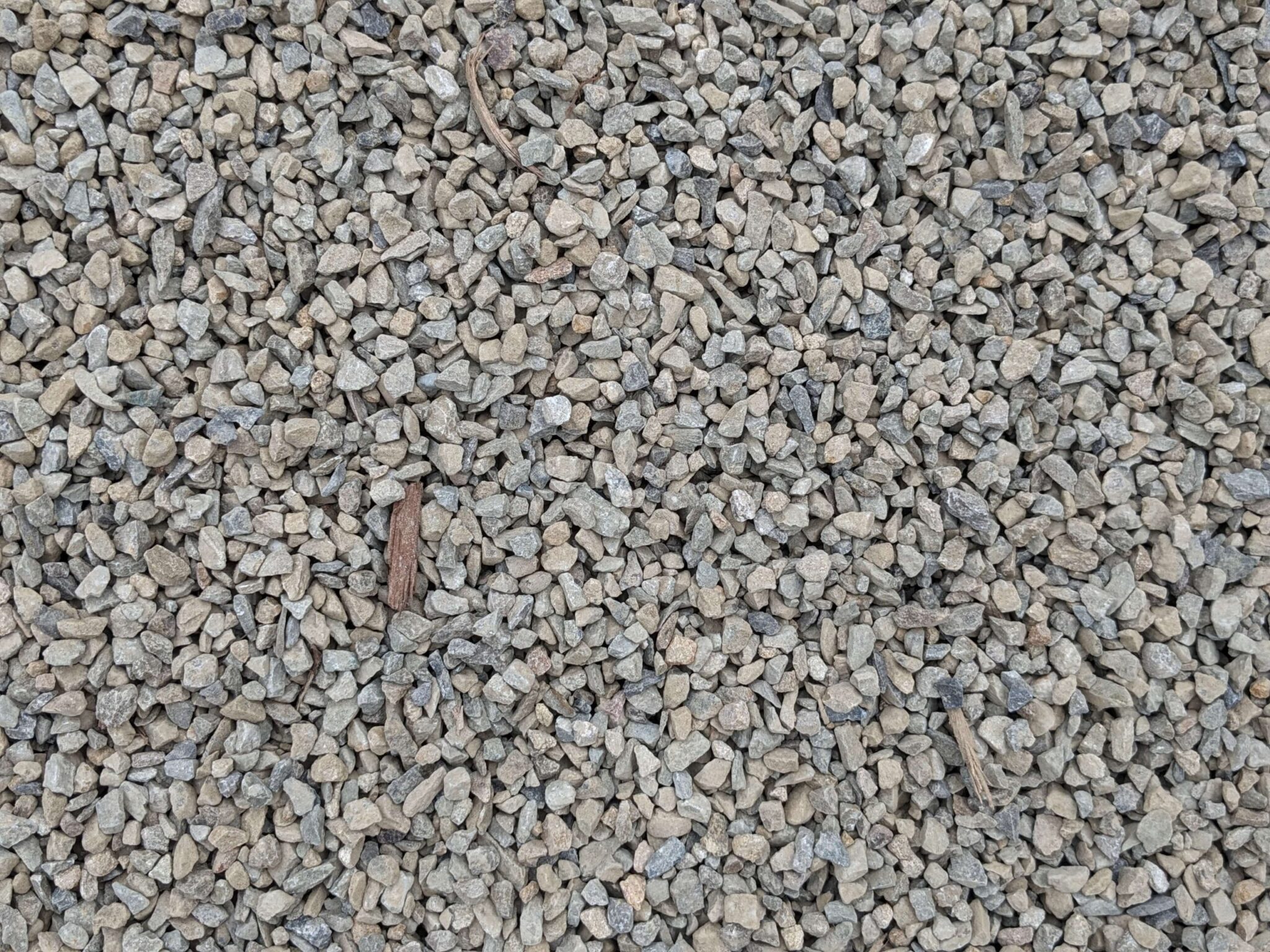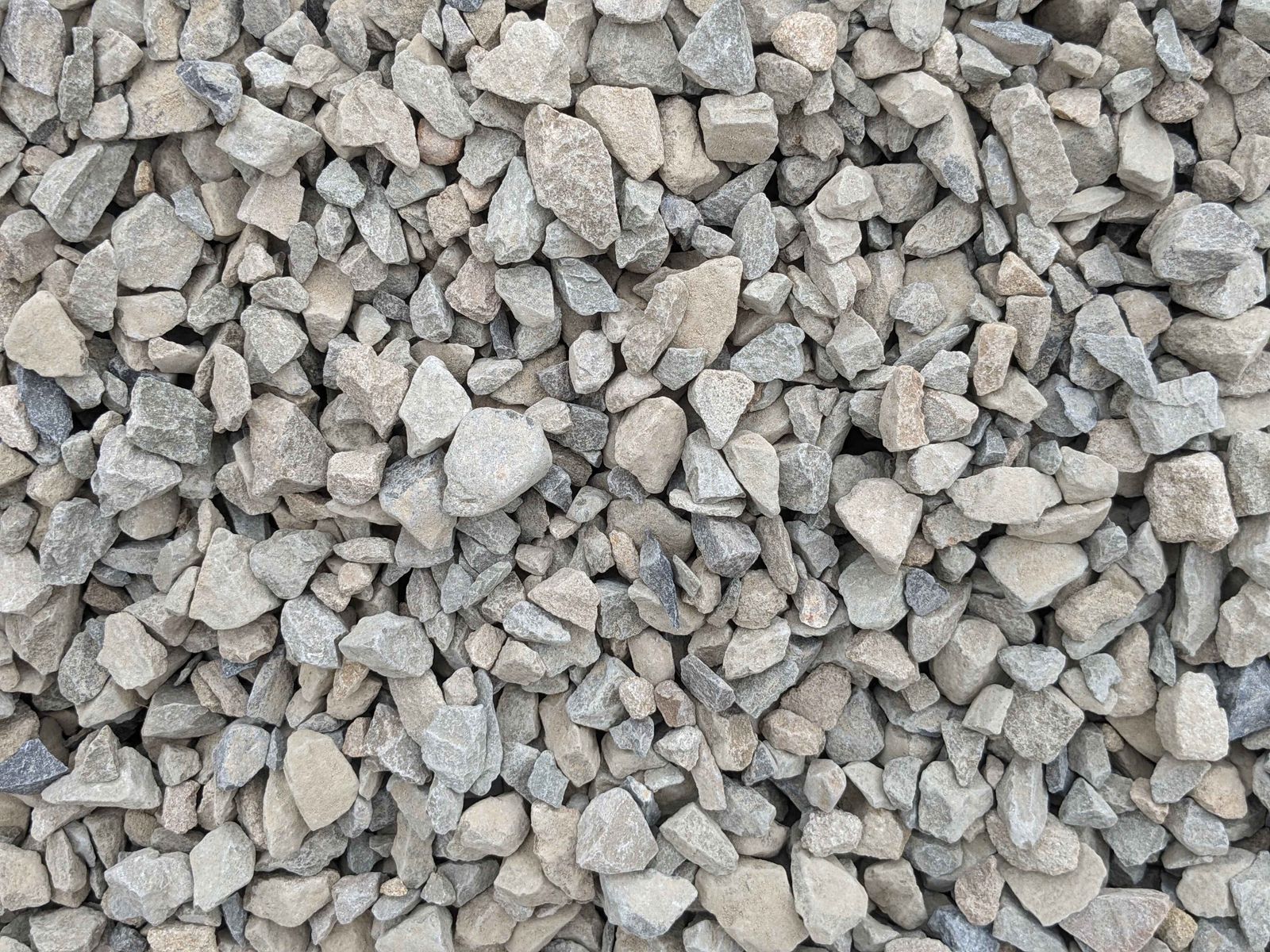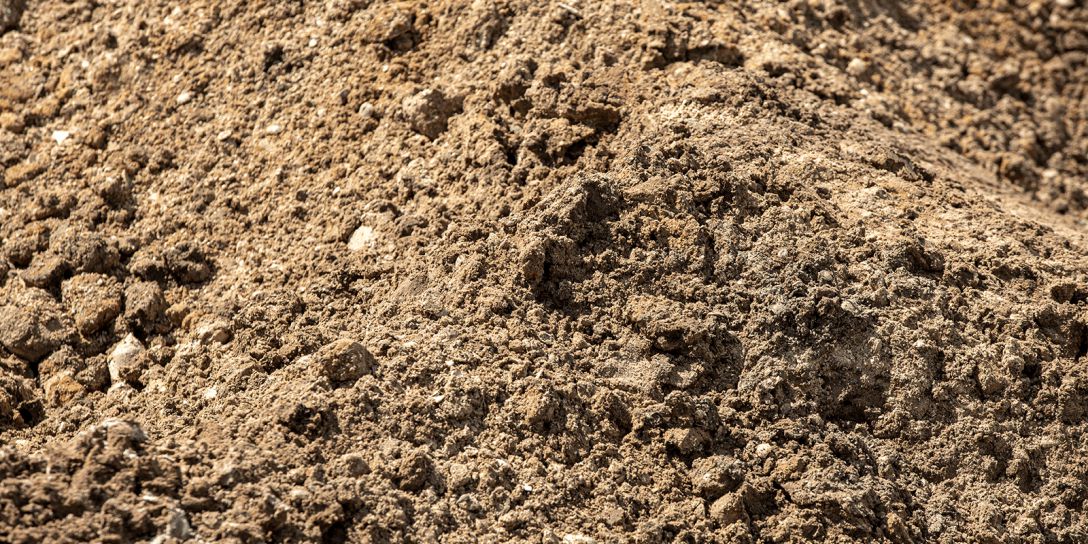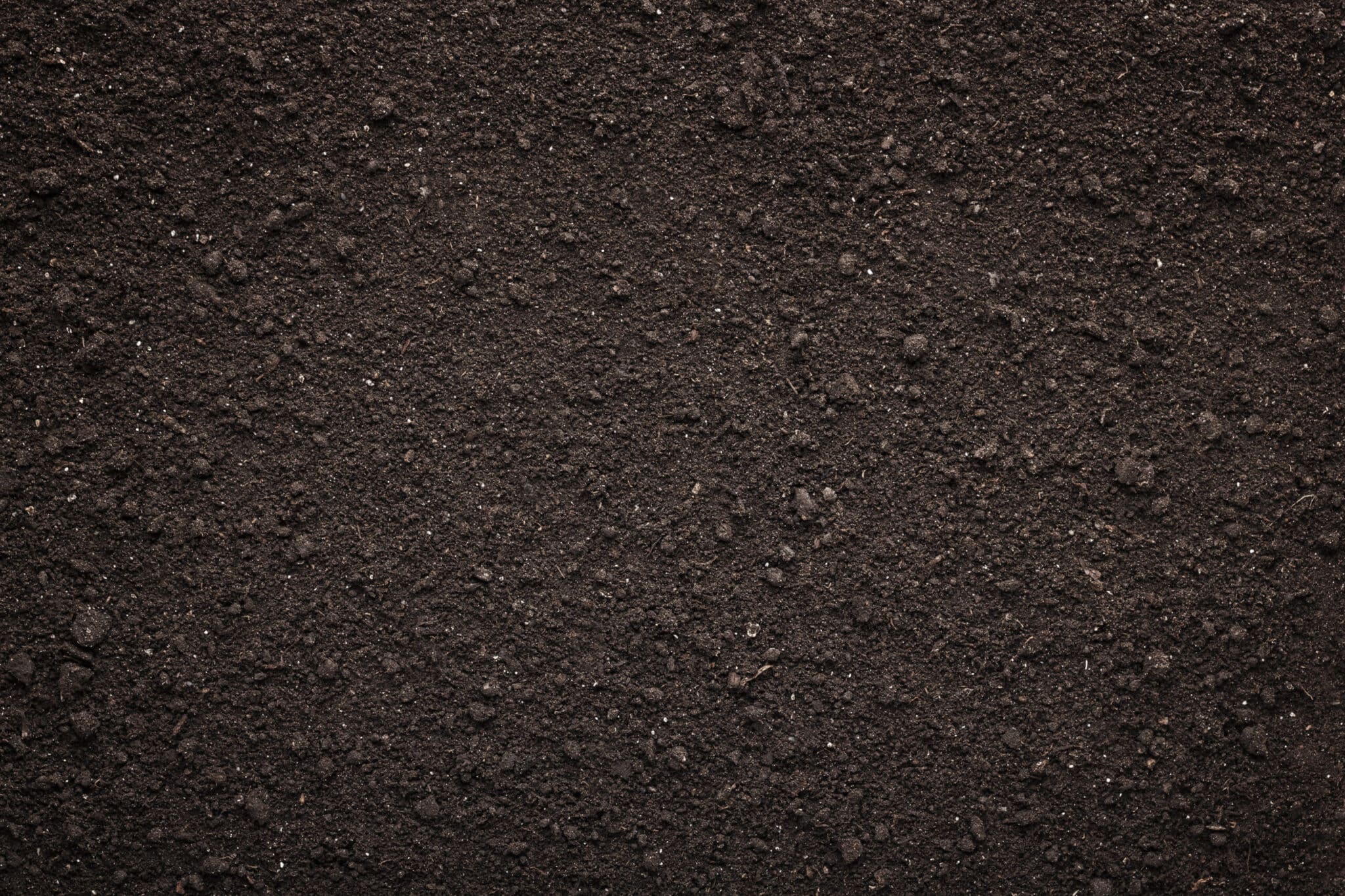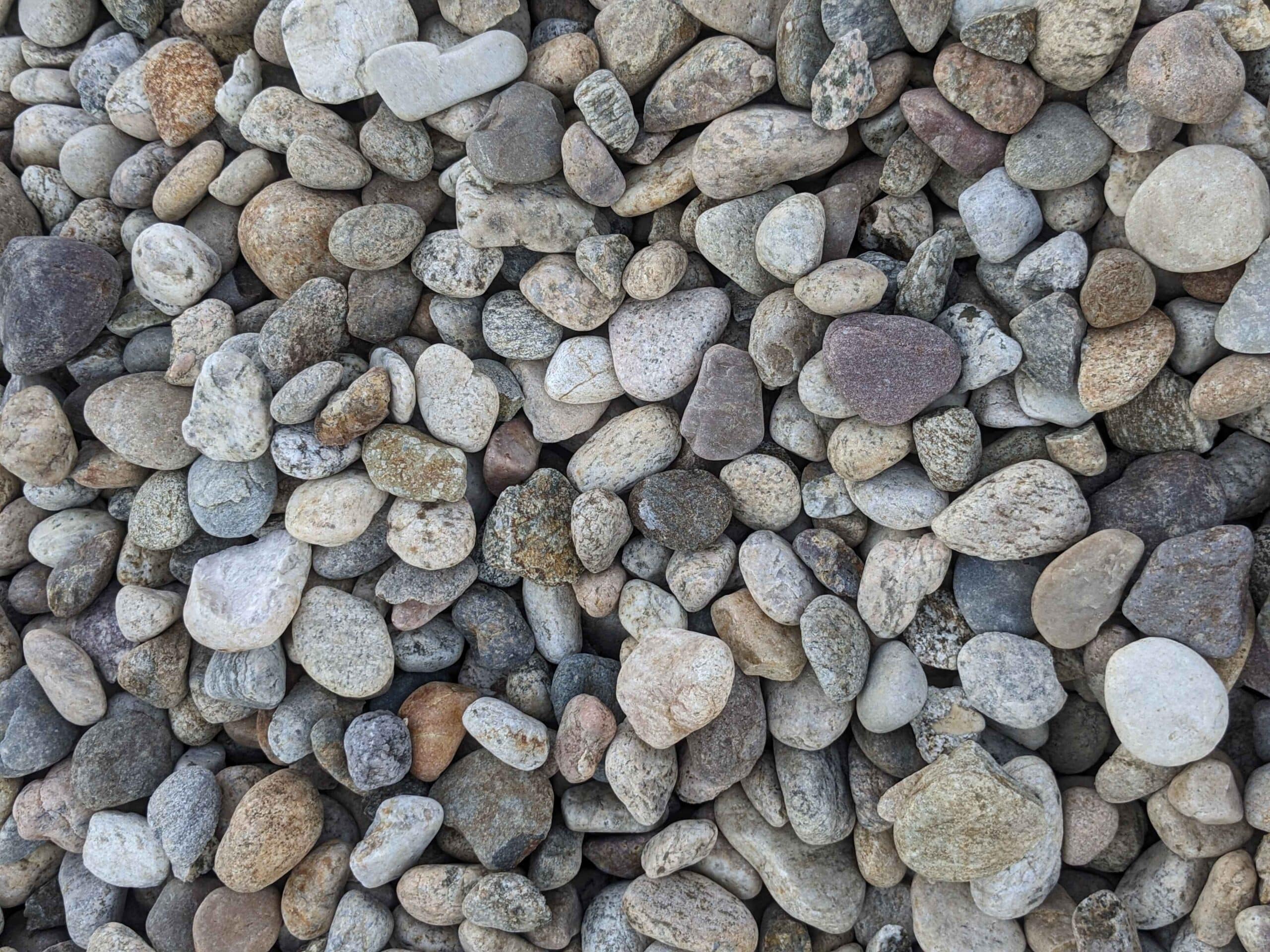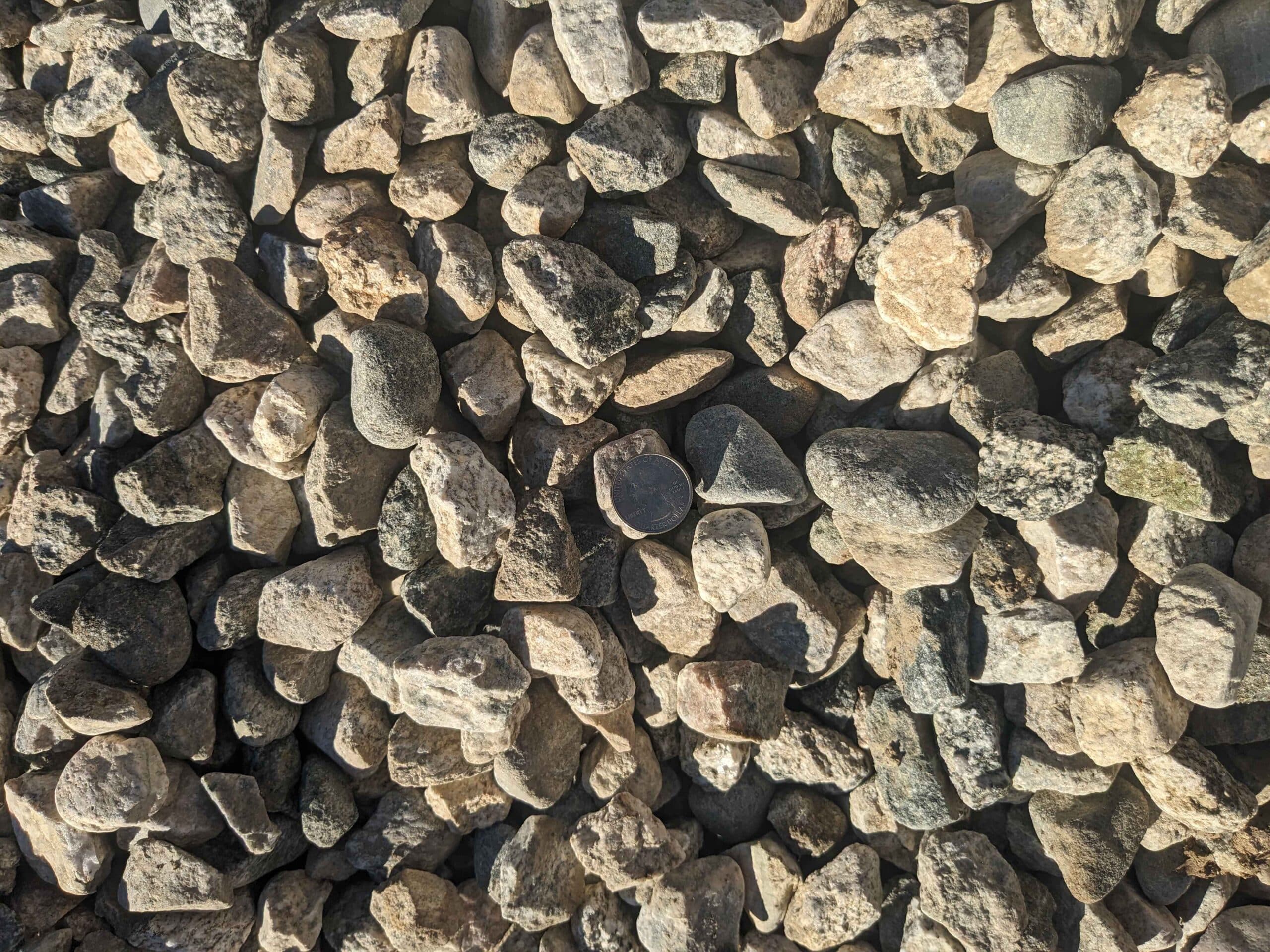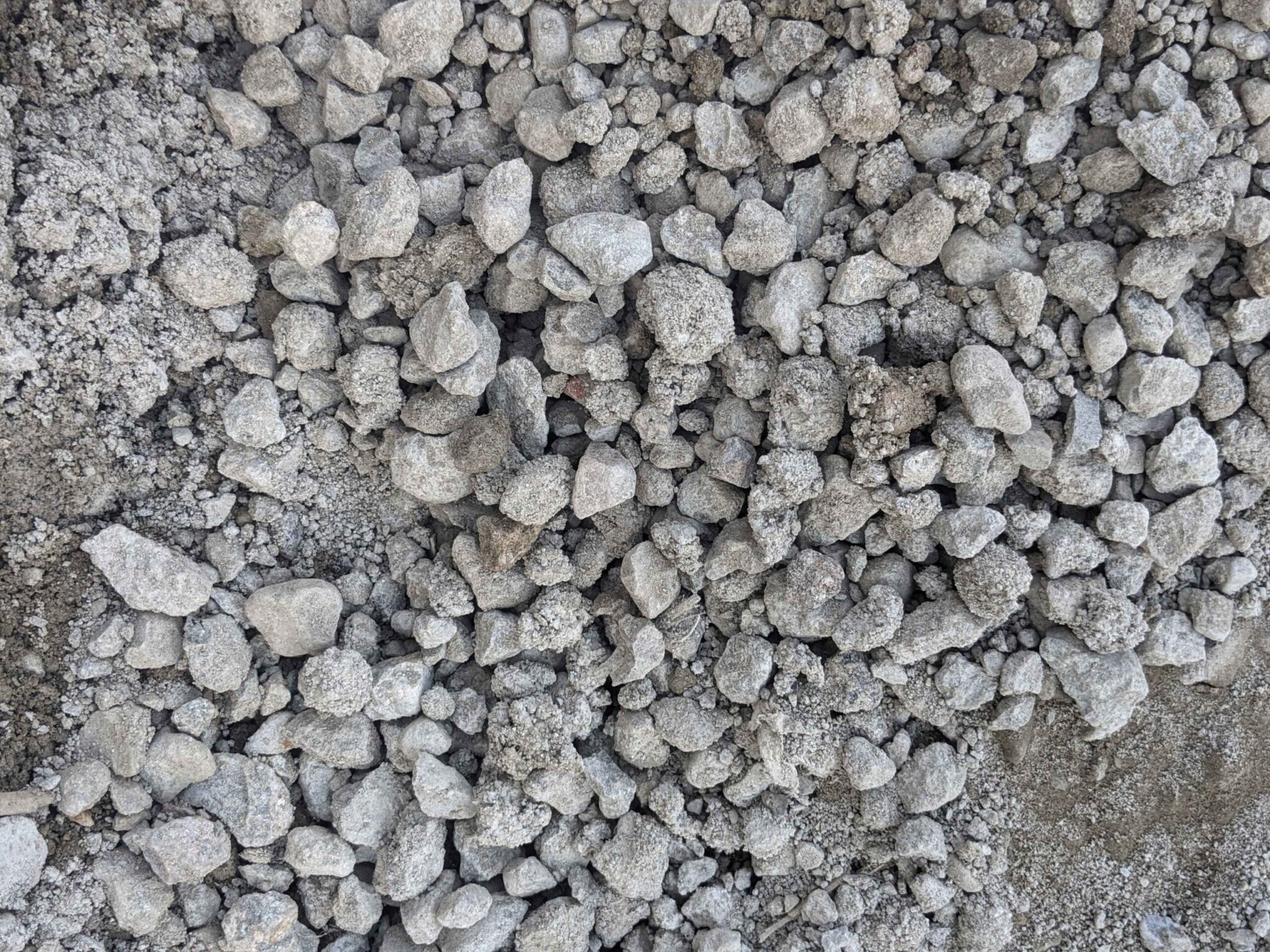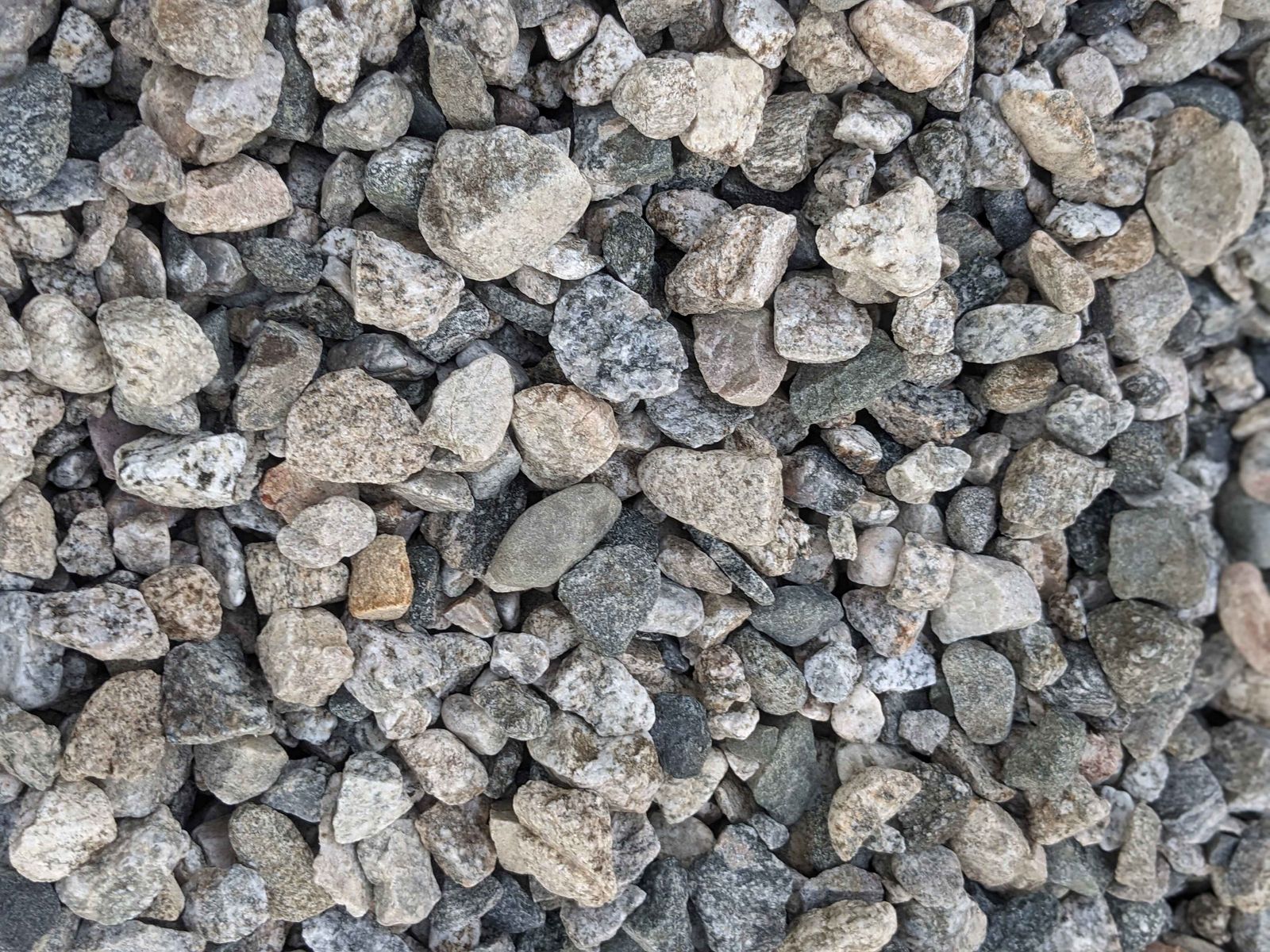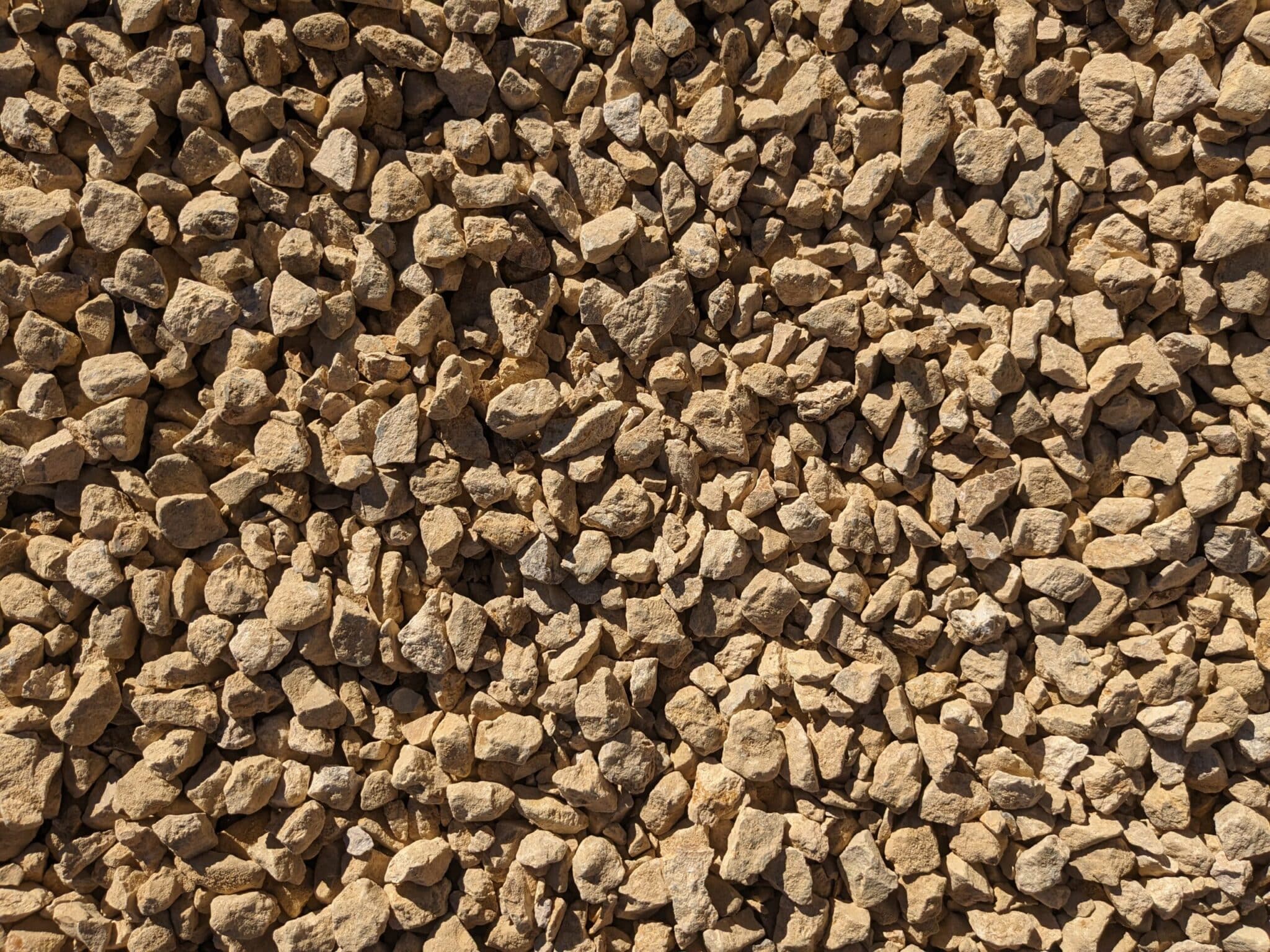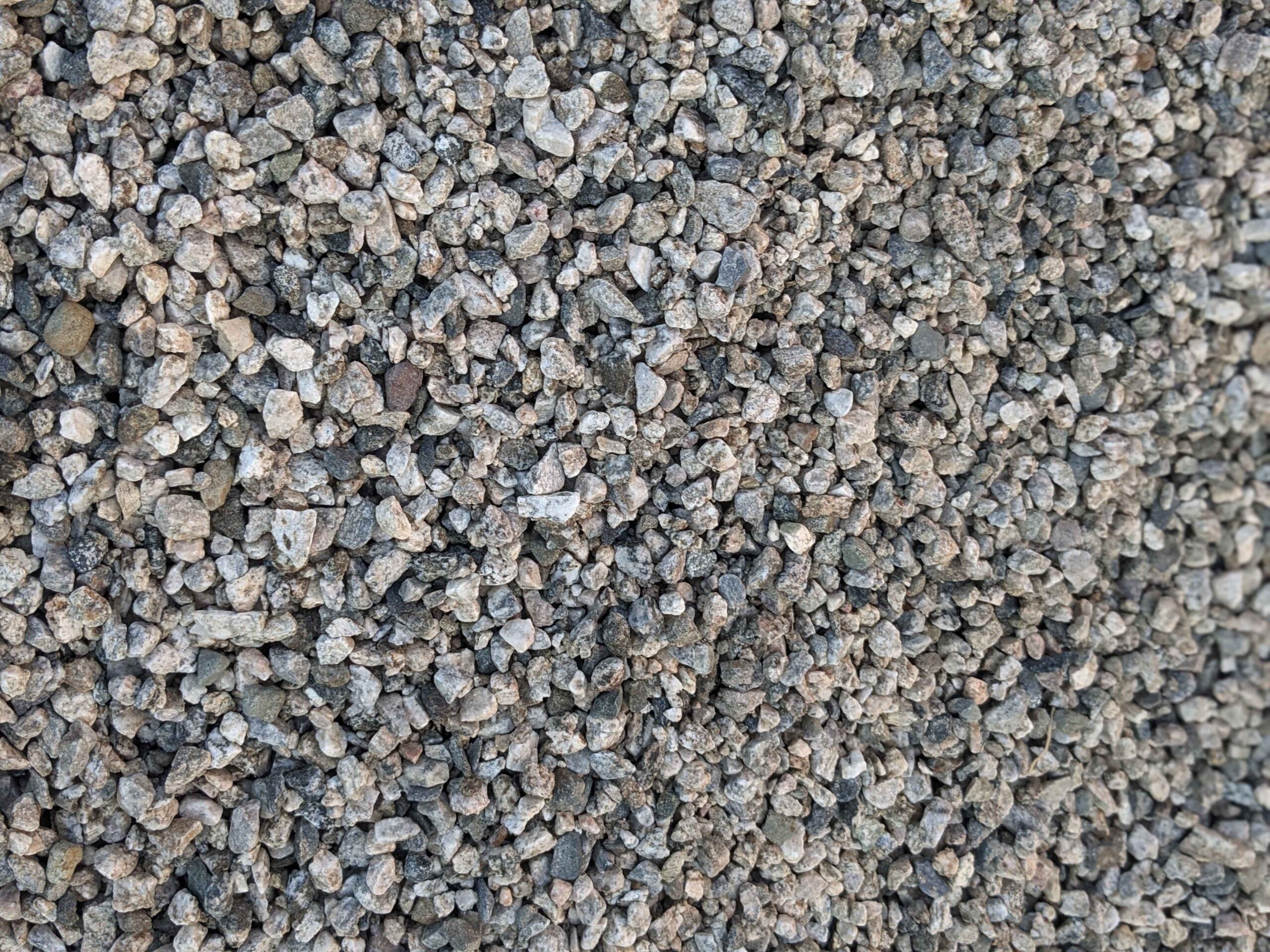
In construction and various industries, crushed stones are commonly used as aggregates for concrete, roads, and drainage systems. The size of these stones plays a crucial role in determining their applications and effectiveness in different projects. Understanding how stone sizes are classified and their significance is essential for any construction professional or enthusiast. This article aims to provide a comprehensive quarry stone crushed stone size chart, covering various aspects such as the importance of stone size, the process of crushing quarry stones, reading and interpreting stone size charts, applications of different stone sizes, and safety considerations when working with quarry stones.
Understanding Quarry Stone Sizes
Different projects require different stone sizes to achieve the desired outcomes. Whether it’s for a road construction project or a landscaping endeavor, selecting the appropriate stone size is crucial for ensuring durability and functionality.
The importance of stone size becomes evident when considering factors such as compaction, drainage, and stability. Understanding the hierarchy of stone sizes and their corresponding applications will help in making informed decisions during a construction project.
The Importance of Stone Size in Construction
The size of crushed stones used in construction projects can significantly impact the performance and longevity of the structures. Smaller stone sizes are typically used for compacting or creating a solid base, while larger stones are utilized for surface applications, such as driveways or decorative features. Stone size affects the overall strength, porosity, and permeability of the construction material.
When it comes to compaction, smaller stone sizes are preferred as they can be tightly packed together, leaving little to no gaps. This ensures a solid and stable base, which is essential for structures like roads and foundations. The compacted stones provide a strong and durable surface that can withstand heavy loads and traffic.
Drainage is another critical factor to consider in construction projects. Larger stone sizes allow for better water flow and drainage due to their increased permeability. This is especially important in areas prone to heavy rainfall or where proper drainage is essential, such as parking lots or sports fields. The larger stones create voids between them, allowing water to pass through easily and preventing water buildup that could lead to erosion or damage.
Stability is yet another aspect influenced by stone size. In applications where stability is crucial, such as retaining walls or slope protection, larger stones are preferred. The larger size provides better interlocking and stability, ensuring that the structure remains intact and can withstand external forces like soil pressure or water pressure.
Commonly Used Quarry Stone Sizes
Quarry stones are available in various sizes, typically measured in terms of the largest dimension. The following are some commonly used quarry stone sizes:
- 2-4 inches: Ideal for road and driveway base preparation.
- 3/4 inch: Commonly used for concrete mix and drainage systems.
- 1/2 inch: Suitable for backfilling utility trenches and as a base for pavers.
- 1/4 inch: Fine crushed stone used for pathways and decorative purposes.
Each size serves a specific purpose in construction projects. The 2-4 inch stones are perfect for creating a solid base for roads and driveways. Their larger size allows for better compaction and stability, ensuring a durable foundation.
The 3/4 inch stones are commonly used in concrete mixtures, providing strength and stability to the structure. They are also suitable for drainage systems, allowing water to flow freely and prevent waterlogging issues.
For utility trenches and paver bases, the 1/2 inch stones are the preferred choice. They provide a stable and compacted surface that can withstand the weight and pressure exerted by utilities or pavers.
Lastly, the 1/4 inch stones are primarily used for pathways and decorative purposes. Their smaller size allows for a smoother and more aesthetically pleasing surface, perfect for garden pathways or ornamental features.
By understanding the different quarry stone sizes and their applications, construction professionals and homeowners alike can make informed decisions when selecting the appropriate stone size for their projects. This knowledge ensures that the structures are built to last, with the right balance of strength, stability, and functionality.
The Process of Crushing Quarry Stones
Before quarry stones can be utilized in construction projects, they undergo a crushing process to break them down into smaller, more manageable sizes. This process involves several stages that transform large stone fragments into crushed stones suitable for specific applications.
Quarry stones are typically crushed using heavy machinery, such as jaw crushers, impact crushers, or cone crushers. The process begins with the quarrying of large stone blocks, which are then transported to the crushing site. The stones are fed into the crusher, where they are progressively broken down into smaller pieces through compression or impact forces.
Once crushed, the stones are screened to separate them into different size ranges. This screening process ensures that each size category meets the required specifications for various construction applications.
But what happens to the crushed stones after they have been screened? Well, that depends on the specific needs of the construction project. In some cases, the crushed stones may be used as is, without any further processing. For example, they might be used as a base material for roads or as fill material for building foundations.
In other cases, additional processing steps may be required to further refine the crushed stones. One common step is washing, where the stones are rinsed to remove any dust or debris that may be present. This is especially important for applications where cleanliness is crucial, such as in the production of concrete.
Another possible step is the application of specific additives or treatments to enhance the properties of the crushed stones. For example, certain chemicals can be added to improve the stones’ resistance to weathering or to enhance their bonding capabilities when used in asphalt mixtures.
Factors Influencing the Size of Crushed Stones
Several factors can influence the size of crushed stones produced during the crushing process. The type of crusher used, the settings of the crusher, and the properties of the stone itself all contribute to the final outcome. Additionally, the desired end-use of the crushed stone also influences the selection of stone sizes.
For example, road construction projects may require a specific range of stone sizes to ensure proper compaction and stability, while decorative landscaping features might demand smaller, more uniform stones for aesthetic purposes.
It’s worth noting that the crushing process itself can also have an impact on the size of the crushed stones. Different crushers have different mechanisms of action, which can result in variations in the final product. Some crushers, for instance, apply more pressure to the stones, resulting in a finer output, while others rely more on impact forces, producing coarser crushed stones.
Furthermore, the properties of the stone being crushed can affect the size distribution of the crushed stones. Stones with higher hardness or brittleness, for example, may break into smaller pieces compared to stones with lower hardness.
In conclusion, the process of crushing quarry stones involves more than just breaking them down into smaller sizes. It also includes screening, washing, and potentially adding additives or treatments to enhance their properties. The size of the crushed stones is influenced by various factors, including the type of crusher used, the settings of the crusher, the properties of the stone, and the specific requirements of the construction project.
Reading and Interpreting Stone Size Charts
Stone size charts provide concise information about the different stone sizes available and their recommended applications. Interpreting these charts correctly is vital for selecting the appropriate stones for a specific project.
Components of a Stone Size Chart
A typical stone size chart contains various columns and rows, presenting different stone sizes and their corresponding applications. Key components commonly found in these charts include:
- Stone Sizes: Lists the various stone sizes available, usually in inches or millimeters.
- Recommended Applications: Specifies the recommended uses for each stone size, such as road base, drainage, or decorative purposes.
- Additional Notes: Provides any additional relevant information or considerations about the stone sizes.
How to Use a Stone Size Chart Effectively
To utilize a stone size chart effectively, one should identify the specific project requirements and the desired applications. By referring to the recommended applications column, it becomes easier to select the appropriate stone size that aligns with the project’s needs.
Furthermore, considering the additional notes section can provide valuable insights into any specific considerations, limitations, or guidelines related to the use of certain stone sizes.
Applications of Different Stone Sizes
Stone size directly influences the applications and versatility of quarry stones in construction projects. Understanding the specific uses and advantages of different stone sizes is crucial for achieving optimal results.
Choosing the Right Stone Size for Your Project
When selecting the appropriate stone size for a project, it is essential to consider factors such as the project type, load-bearing requirements, and drainage needs. For example, larger stone sizes are commonly used for areas subjected to heavy traffic or load-bearing structures, while smaller stones are preferable for creating smooth surfaces or decorative features.
Impact of Stone Size on Project Outcome
The choice of stone size directly impacts the overall outcome of a construction project. Using the wrong stone size can compromise the structural integrity, drainage efficiency, and aesthetic appeal of the final result. By carefully considering the specific project requirements and recommended stone sizes, one can ensure the desired outcome is achieved.
Safety Considerations When Working with Quarry Stones
Working with quarry stones involves certain inherent risks that need to be addressed to maintain a safe working environment. Understanding and following proper safety practices are essential for preventing accidents and injuries.
Handling Large Quarry Stones Safely
Large quarry stones can be heavy and cumbersome to handle. It is crucial to use appropriate lifting equipment, such as cranes or forklifts, to ensure safe transportation and placement. Proper training and adherence to established safety guidelines minimize the risk of accidents or injuries during handling.
Precautions When Crushing Quarry Stones
The crushing process involving heavy machinery poses potential hazards that must be mitigated. Operators should be trained in equipment operation and safety protocols, such as wearing personal protective equipment (PPE) and conducting regular maintenance checks. Employing safety measures reduces the risk of accidents and promotes a safe working environment.
In conclusion, understanding the characteristics and applications of different stone sizes is crucial for any construction professional or enthusiast. A comprehensive quarry stone crushed stone size chart provides guidance on selecting the appropriate stone sizes for various projects, ensuring durability, functionality, and safety. By considering factors such as the importance of stone size, the crushing process, reading and interpreting stone size charts, applications of different stone sizes, and safety considerations, one can make informed decisions and achieve desired outcomes in construction endeavors.
Get Your High-Quality Aggregates Delivered with Bulk Aggregate Supply
Now that you’re equipped with the knowledge of selecting the right quarry stone sizes for your project, take the next step with ease. Bulk Aggregate Supply is your nationwide solution for top-grade aggregates, offering a white glove service that simplifies your purchasing process. Whether you’re working on a small driveway or a large civil construction project, we’ve got you covered. Our commitment to exceptional customer service and seamless online ordering means you can focus on your project while we handle the rest. Check out our products and let us deliver the quality and convenience you deserve directly to your site.


